Pathways are a beautiful and essential feature of any landscape. Besides laying out a place to walk, they create a path for the wheelbarrow, save surrounding soil from compaction, and divide your garden into distinct spaces. With a bit of creativity, you can build pathways that are both visually pleasing and very practical. Let’s walk through the DIY options and lay out the steps to build them!
The Mulch Pathway
Mulch pathways are one of the least expensive and simplest pathways to install. The first steps are to mark out the path and dig out some of the soil. Then, lay down some landscape fabric as an extra barrier against weeds, and fill in the mulch. Over time, you’ll need to replenish the mulch and remove any weeds that take root. Still, the mulch path is simple, practical, and a pleasing way to create a passage through the gardenhttps://www.stephenslandscaping.com/2022/12/26/creative-resolutions-for-your-moultonborough-garden-in-2023/.
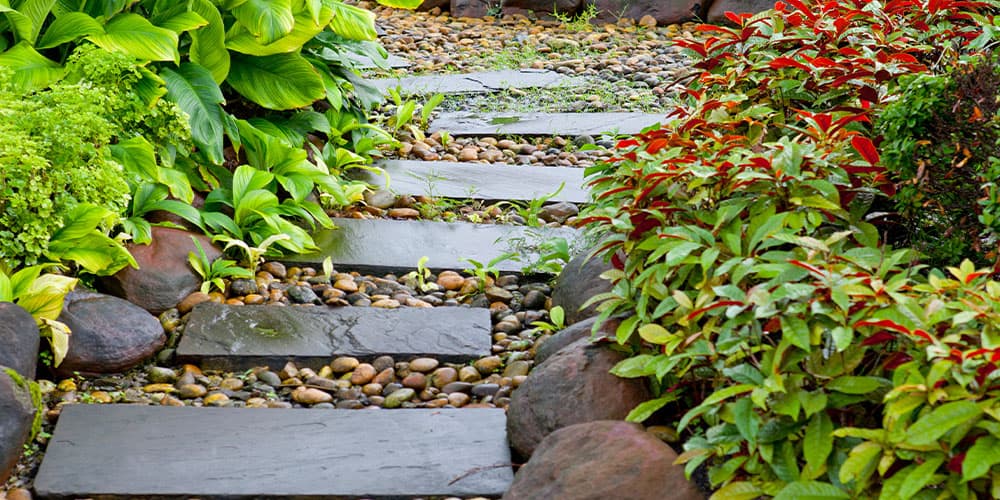 Stepping Stones
Stepping Stones
Stepping stones are another versatile DIY option and add charm and character to the garden. One option is to use evenly spaced rectangular or circular stones. Alternatively, natural-shaped flagstones lend a rustic look to your steps.
No matter your choice, the steps for installation are the same. Mark out a path and place the stones in your preferred arrangement, keeping an equal distance between the center of each stone. Then, dig a place for each step in the ground. Lay down a level base of sand in each hole and tamp down the sand for stability before laying the stones in their final position. To finish, you can plant groundcovers or moss around the stones, which will beautifully frame the stones over time.
Pathways are a beautiful and essential feature of any landscape. Besides laying out a place to walk, they create a path for the wheelbarrow, save surrounding soil from compaction, and divide your garden into distinct spaces.
Gravel Pathways
Besides mulch, gravel is the next easiest DIY option for smooth transit in the garden. However, to make a lasting pathway that is stable and free of weeds, you’ll want to follow the preparatory steps below. Because gravel tends to spread and get knocked into the surrounding areas, make sure you cut definitive edges, lay down plastic edging, or border the path with stones.
 Flagstones
Flagstones
As already mentioned, flagstones form beautiful stepping stones. You can also use them in continuous pathways, where the stones are beside each other. These smooth, naturally cut stones create perfect imperfection. They’re durable, long-lasting, and age well over time. Follow the steps below to build a solid foundation for flagstone paths.
Paving Stones
Pavers are interlocking bricks that form a solid and stable path. They are sleek, even, symmetrical, and lend a polished look to the landscape. You can choose both the color and the pattern of arrangement. Make sure to follow the steps below for a DIY approach that resists settling and remains level throughout the years.
 Steps for DIY Gravel, Flagstone, and Paver Pathways
Steps for DIY Gravel, Flagstone, and Paver Pathways
When making these types of pathways, you want to ensure you have a solid base. Here’s a quick guide to get you started:
- Mark out the path, using string to create straight edges.
- Dig down approximately 6 inches into the ground. Note: a flat head spade comes in handy.
- Fill in the bottom layer with loose stones or pea gravel; tamp them down, and cover with landscaping fabric.
- Fill another layer of sand, tamp down the surface, and level it.
- Lay down the pavers, flagstone, or gravel. Tamp down the stones with a mallet to make them level and keep them in place.
- To finish, fill between the cracks of the stones with sand and sweep away any leftovers on the surface.
Building a pathway is well within reach of the DIY gardener. When working with flagstone and pavers, remember to lay a solid base the first time so you don’t end up with sunken and uneven stones in the future. With that in mind, you’ll be well on your way to laying beautiful and functional garden pathways, no matter what style you choose. For more gardening and landscaping tips, feel free to follow us on Instagram or Facebook, or visit us in person in Moultonborough!


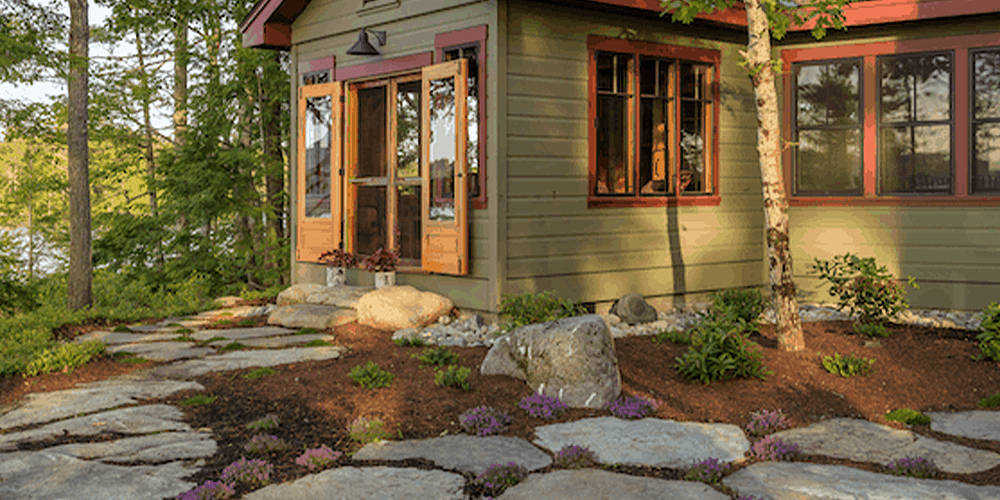 Flagstones
Flagstones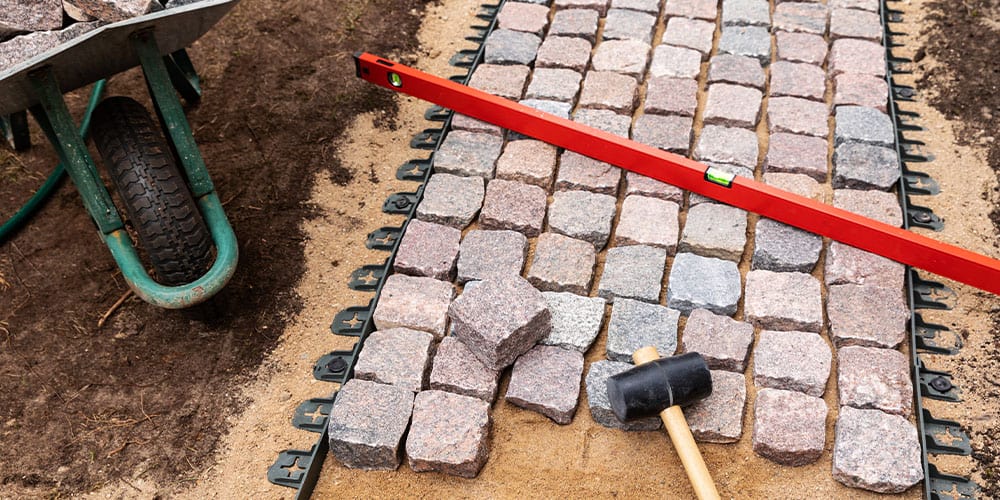 Steps for DIY Gravel, Flagstone, and Paver Pathways
Steps for DIY Gravel, Flagstone, and Paver Pathways 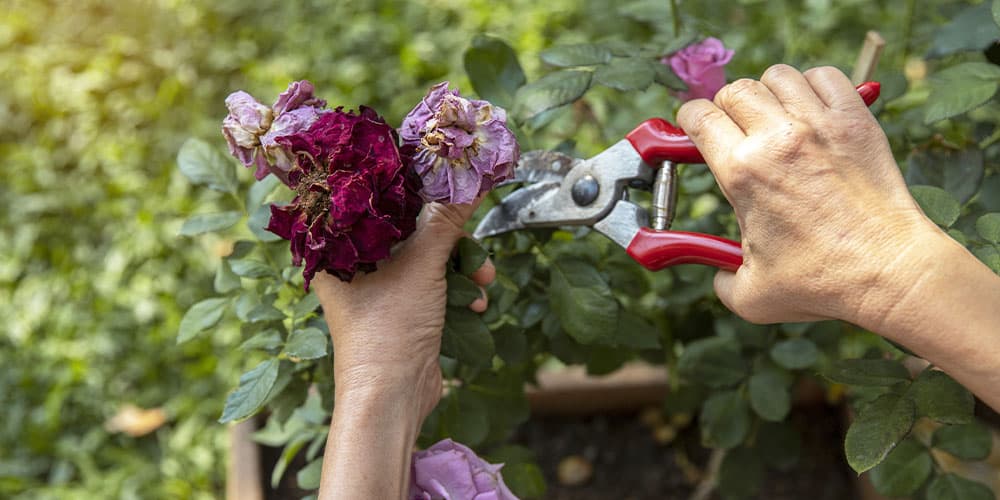 Deadhead Spent Flowers
Deadhead Spent Flowers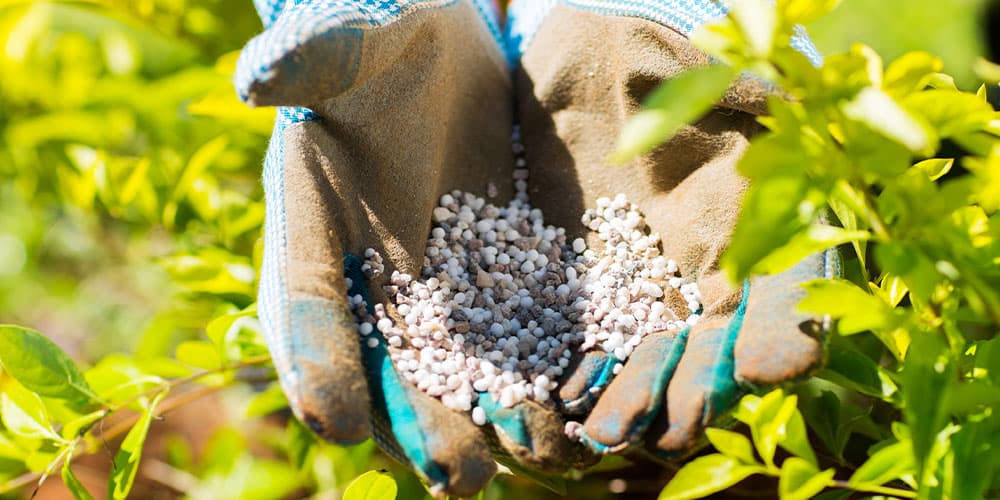 Fertilize at Least Once Per Month
Fertilize at Least Once Per Month
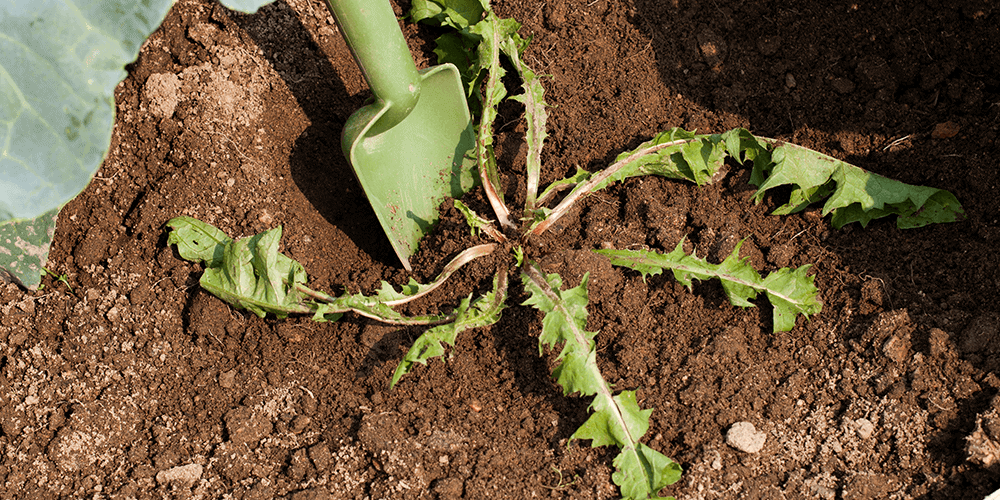 Pull Weeds When You Spot Them
Pull Weeds When You Spot Them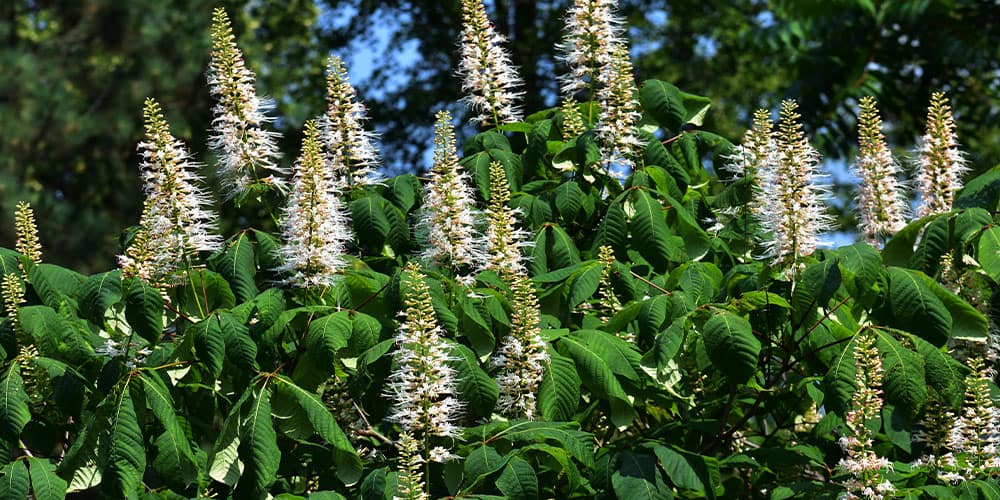 Bottlebrush Buckeye
Bottlebrush Buckeye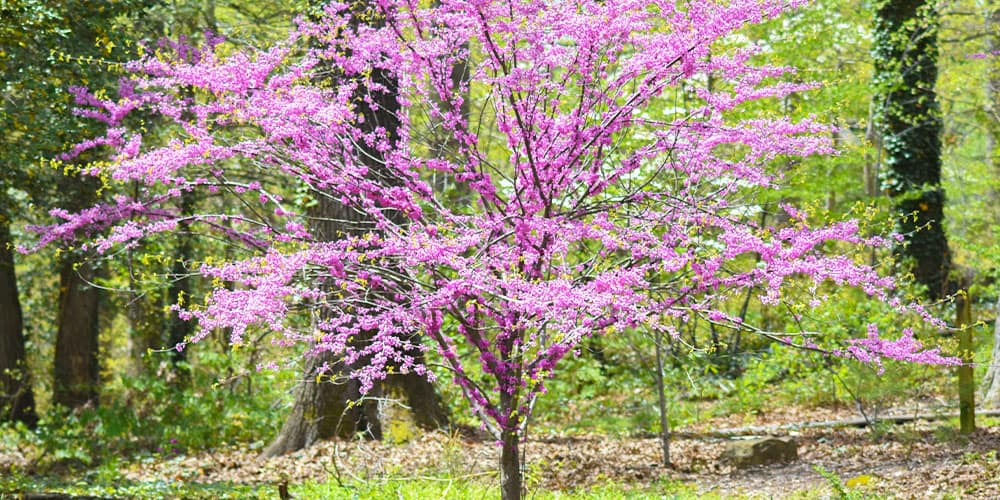 Blooming Redbud
Blooming Redbud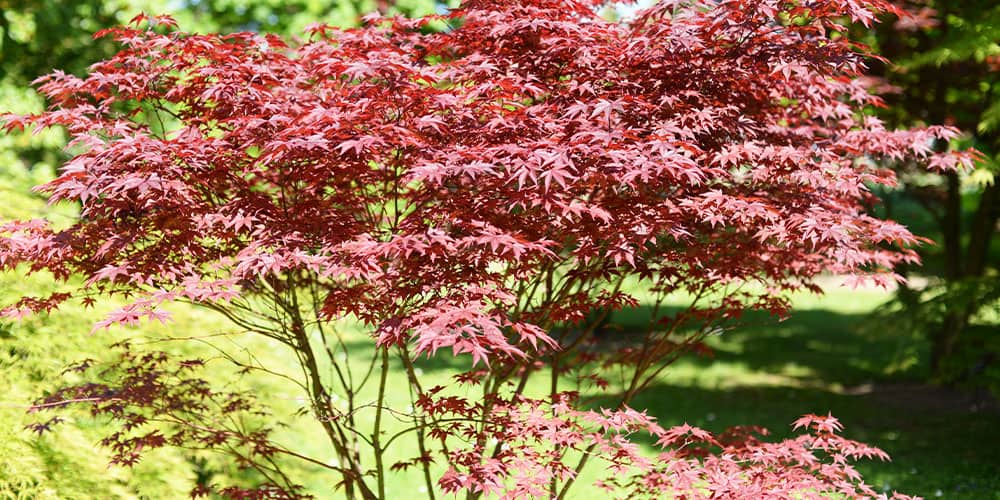 Bloodgood Japanese Maple
Bloodgood Japanese Maple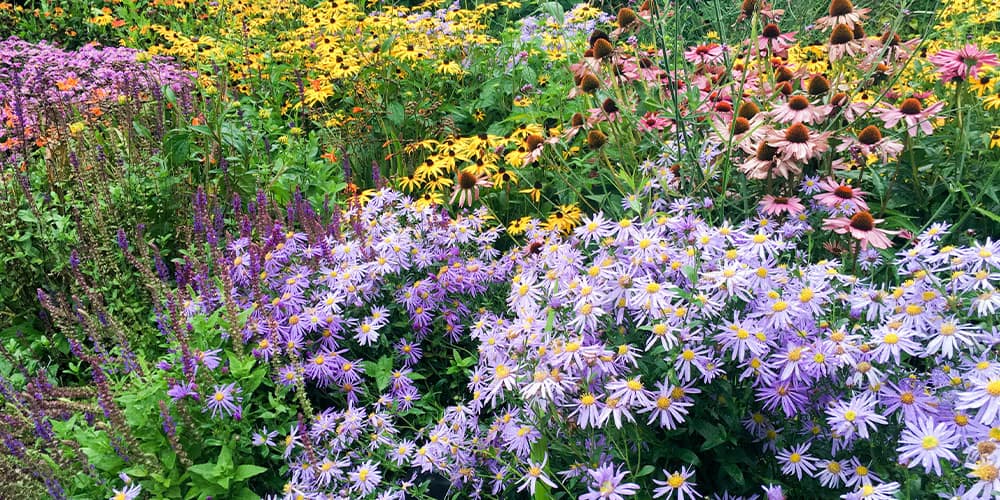
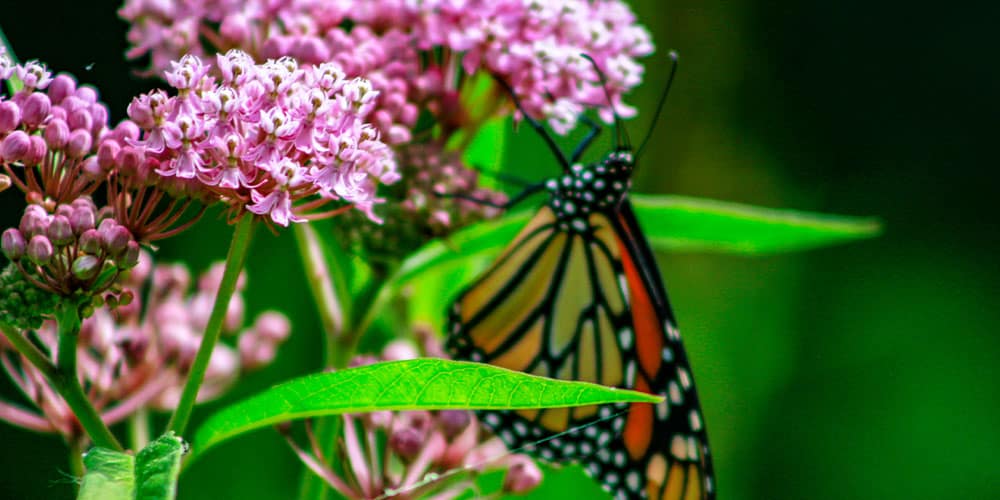 Native Plants For New Hampshire’s Pollinators
Native Plants For New Hampshire’s Pollinators 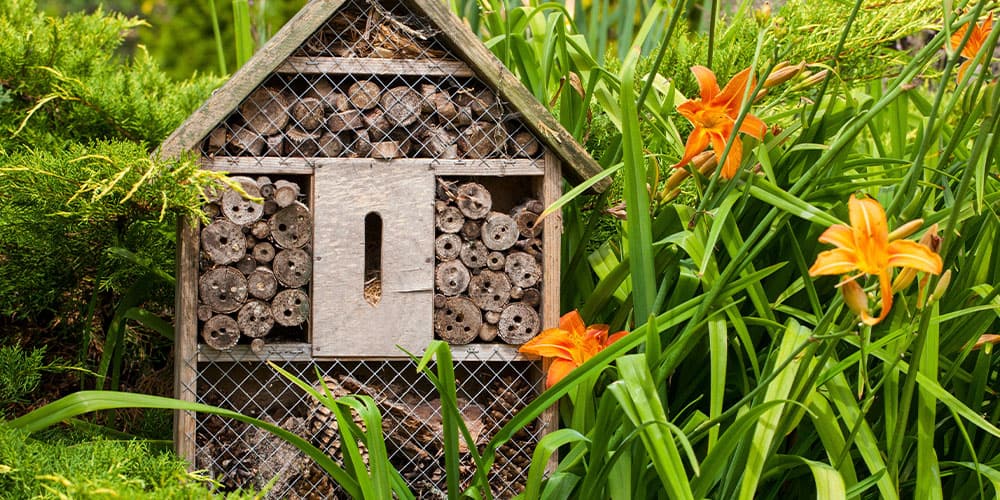 Decorating Your Pollinator Landscape
Decorating Your Pollinator Landscape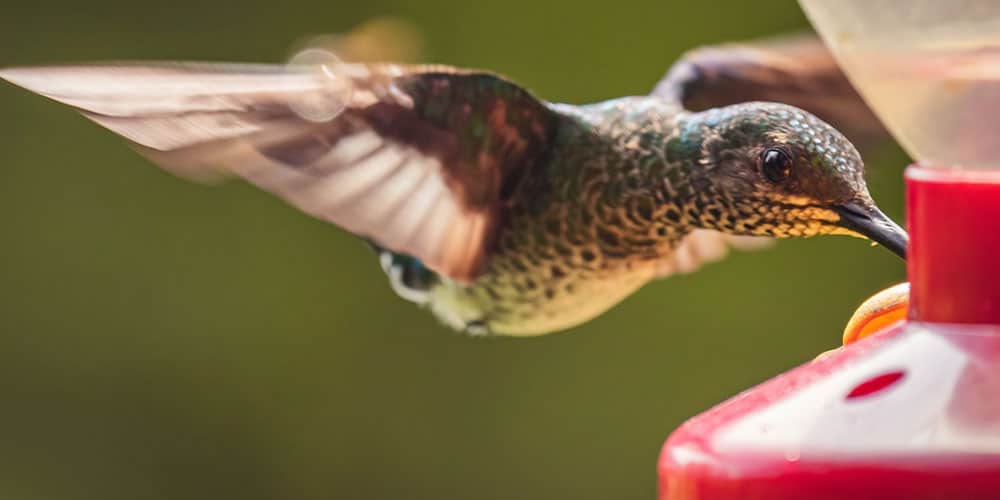 How Professionals Can Help
How Professionals Can Help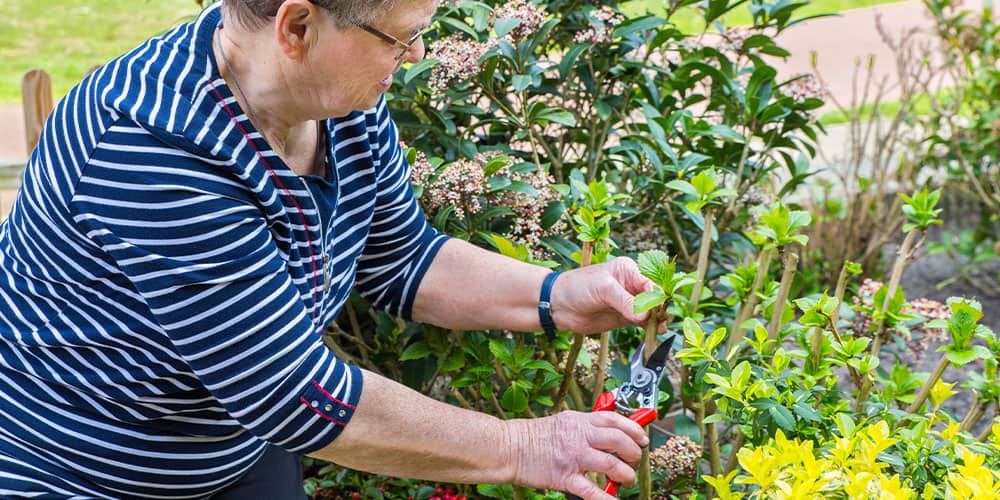 Types of Hydrangeas and How to Prune Them
Types of Hydrangeas and How to Prune Them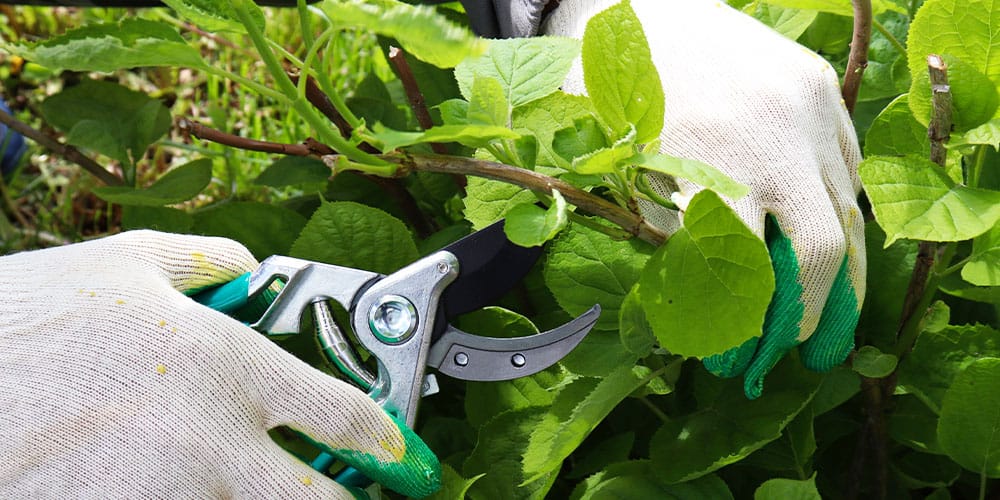 How Short Should I Trim My Hydrangea?
How Short Should I Trim My Hydrangea?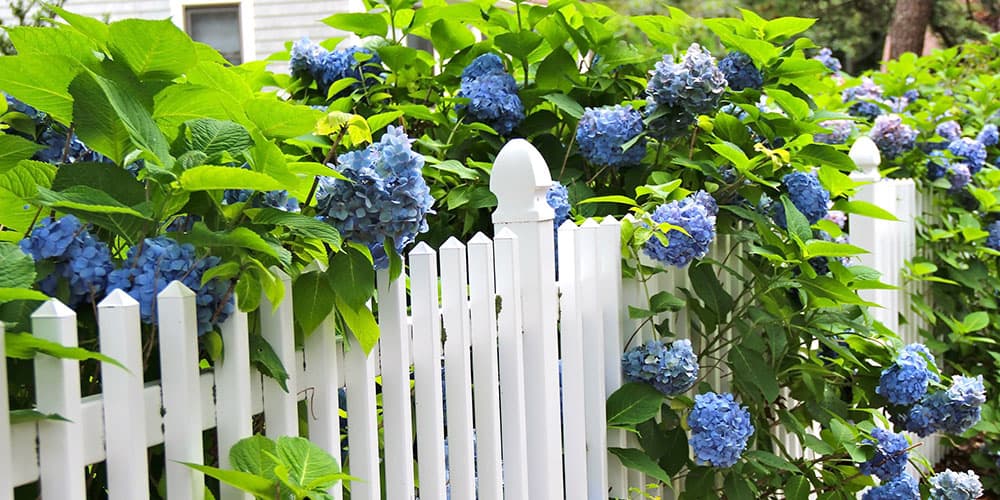 What Happens If You Don’t Prune Hydrangeas?
What Happens If You Don’t Prune Hydrangeas?